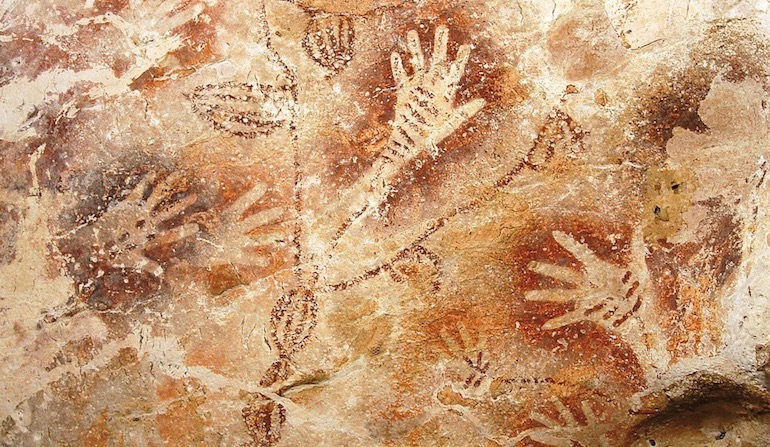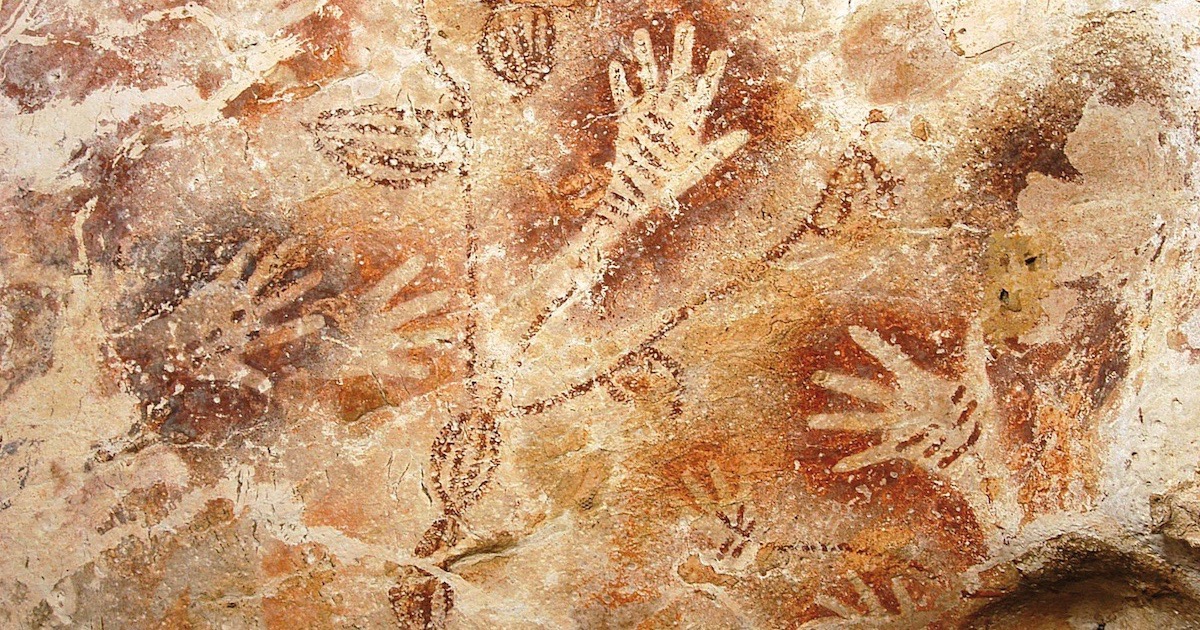 Human Origins
Human Origins
Adventures in New Places — A Conference on Human Origins


This summer I have been venturing into new territory, at least for me. I have been to one event sponsored by the Templeton Foundation (thank you for letting me come!) called the Dabar Conference, and also to the annual American Scientific Affiliation (ASA) meeting at Gordon College in Massachusetts. I’ll save my comments about the ASA for another time.
The Dabar Conference
The Dabar Conference is hosted every year at Trinity International University in the Chicago area, with funding from the Templeton Foundation for the last several years for something called the Creation Project. Their website says, “The Dabar Conference is a by-invitation event gathering 50+ evangelicals together from different disciplines, denominations, and institutions with the goal of orienting evangelical theologians to the relevant recent work in the natural sciences and to promoting scholarship in the field of the doctrine of creation.” They explain that the conference is intended to feature “honest, well informed, humble, and open conversation,” deriving its name, Dabar, from the Hebrew for “word.”
This year there were a handful of scientists, mainly from BioLogos, one paleontologist from I don’t know where, and me. The stated purpose is pretty accurate. They want to orient theologians and pastors toward theistic evolution, or evolutionary creationism as they prefer to call it.
This year the conference focused on questions about human origins, and the effect an evolutionary understanding of our origin has on doctrines like the image of God and original sin. Much of it was in a dialect I am not fluent in — “theolophilos,” I call it. One presentation I couldn’t understand at all, though he was speaking English with a Canadian accent. Other sessions I mostly followed.
Specially Chosen Individuals
There were breakout sessions where groups of specially chosen individuals were placed in a room together and asked to discuss things having to do with how to meld ideas like original sin with evolution. I asked fairly innocuous questions, realizing I was being allowed to participate as long as I didn’t cause strife. One question I remember very clearly. I asked how much we could learn about the image of God from just the one mention in early Genesis. This led to an explosion from the theologian next to me — something to do with temple theology — where he described, in near-rapturous terms, beautiful images and ideas drawn from all over the Bible. What he said must have had something to do with the image of God, but it came at me too fast for me to tell. (I later told him I thought he was a mystic, based on the emotion he expressed.) The other guy sitting next to me was a biologist and clearly uncomfortable with me. He kept his arms crossed and leaned away most of the time.
An Idiosyncratic Model
So why was I, an ID advocate, there? I study human origins, which is directly related to the topic of the conference, though my point of view is orthogonal to those of the organizers. I was one of two scientists there who openly allowed for the possibility of a historical Adam and Eve. Dr. Joshua Swamidass was the other. He has an idiosyncratic model of a de novo created, genealogical Adam and Eve, combined with a large evolved population of humans. He presented his model midway through the week. From my point of view, responses were cautious.
I had been asked to respond to the topic of monogenism, which is the idea that we are all descended from a first pair, Adam and Eve, from whom we inherit original sin. This Catholic doctrine is articulated specifically to preserve the unity of the human race: We are all descended from the same original father and mother.
My response was the very last one of the conference, as it happened. I will tell the basics of what I said another time, but the take-home message was (and is) that a historical first pair is possible at 500,000 years, and perhaps as recently as 200,000 years.
The conference was stunned. No one knew what to say. The BioLogos table asked one cautious question, and then a theologian asked, “So what are we supposed to do now?” I hadn’t expected that question! I answered that what I had told him was preliminary and needed verification and peer review, and was not proof, merely possibility. “Don’t tell your congregation yet,” I joked. But I was serious.
A Good Citizen
Why did I do it? Afterwards several people came up to express their gratitude. I was a lone non-evolutionary voice that gave them breathing space theologically. I even received an email from a participant some days later, thanking me.
I don’t know if I will be asked back. I tried to be a good citizen and not cause conflict, but I also asked questions intended to trigger thinking in a new direction.
All in all it was a rewarding experience talking to so many people with a different point of view on evolution. I hope they ask me back, because these are important questions and all viewpoints should be present at such discussions. But that’s up to the conference organizers.
Photo: “Tree of Life,” a cave painting from Borneo, Indonesia, by Lhfage at English Wikipedia [CC0], via Wikimedia Commons.
